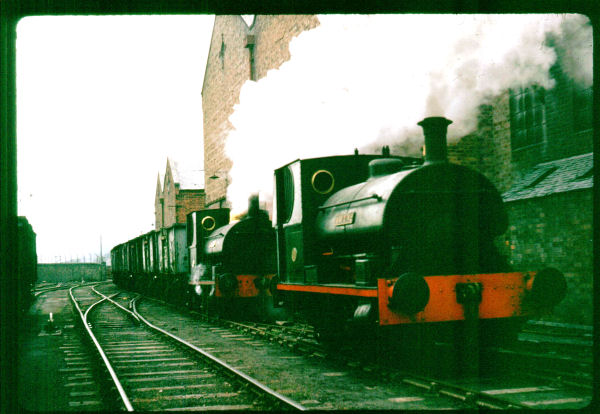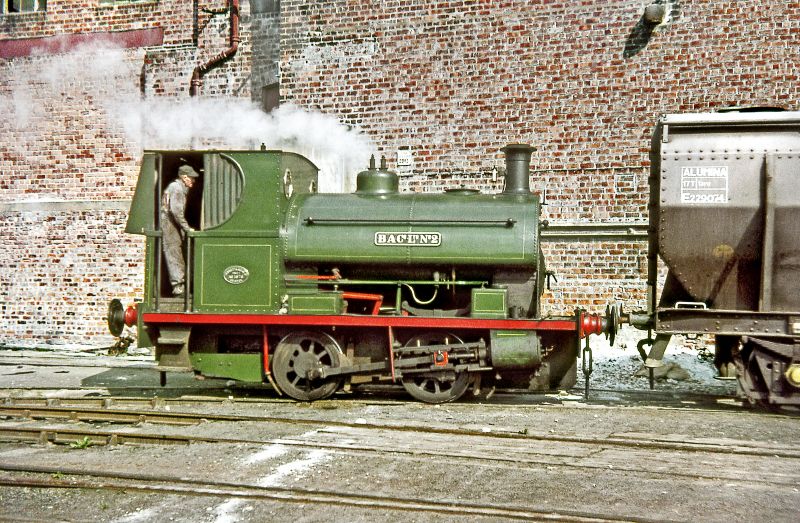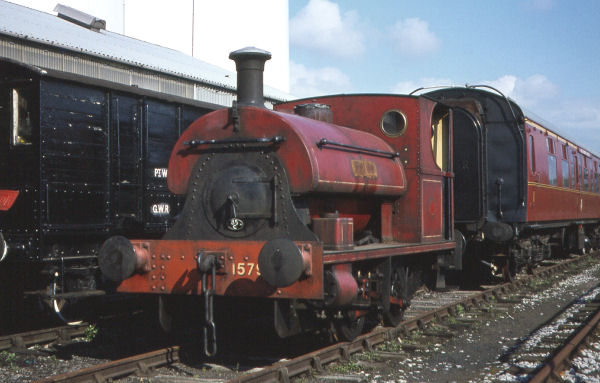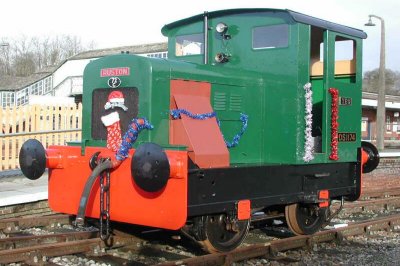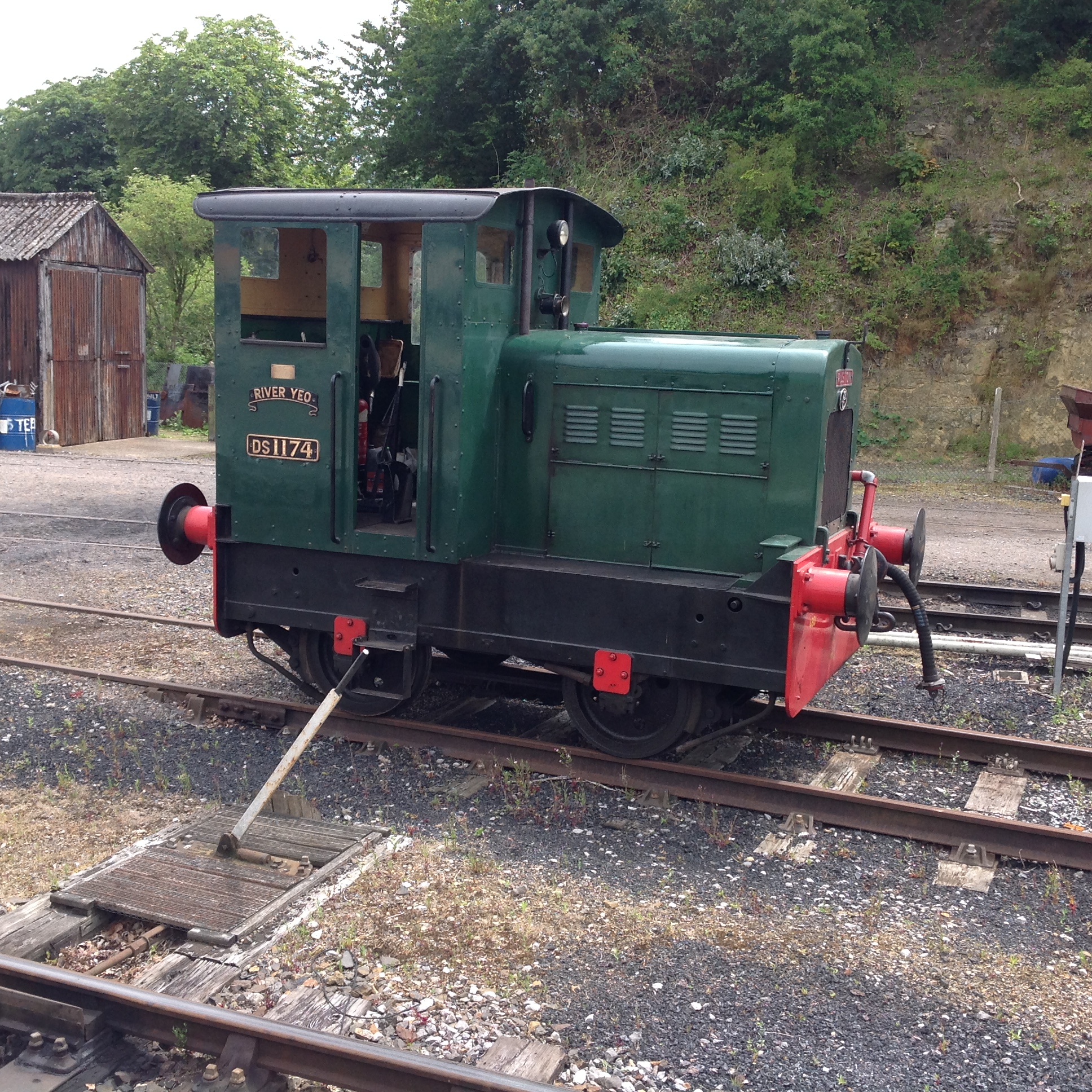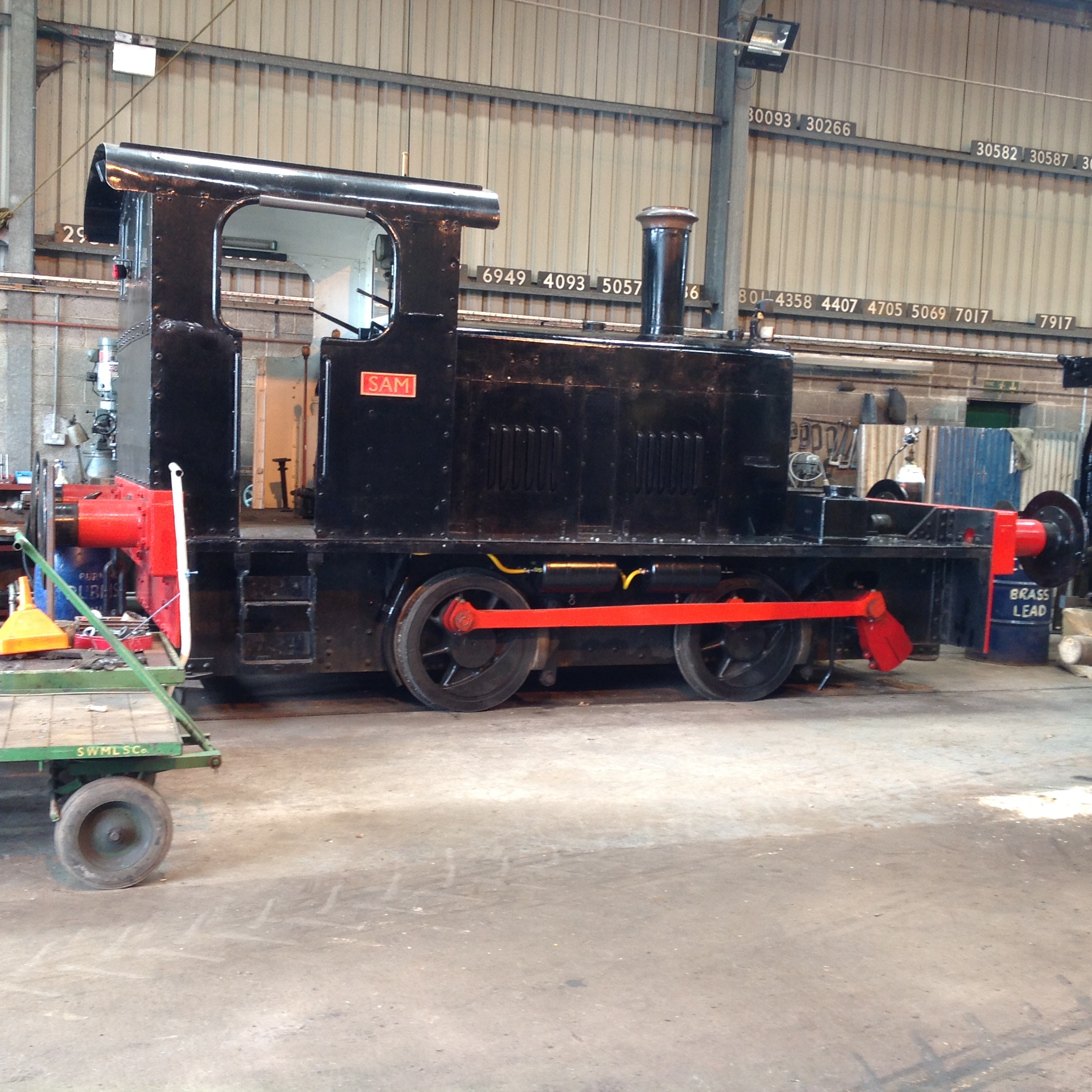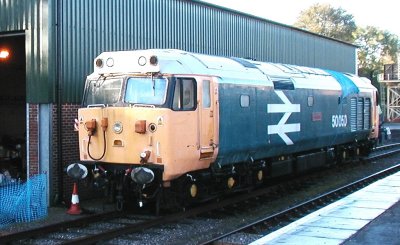 Found in an album belonging to Arthus Willis, Chief Photographer at RNAS Kingsnorth 1915 to 1918. Shows 'Lord Fisher' in what appears to be 'as delivered' condition in 1915 with the crew accordingly attired! The crew appear to be the same as the 1917 photo although both crew and engine are not so pristine! (Photo and research forwarded by airship historian Brian Turpin) MRAeS. We are indebted.) |
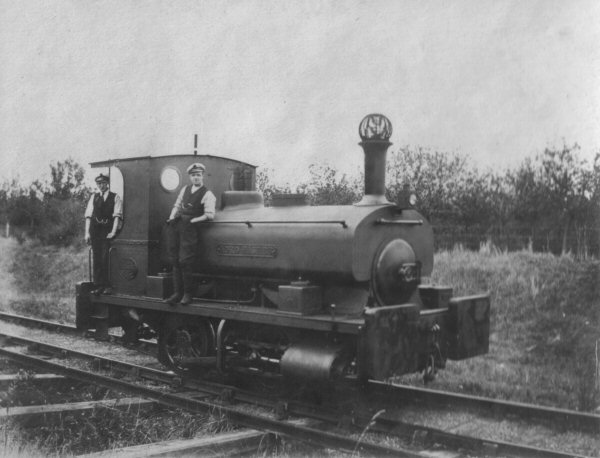 A remarkable photo find of 'Lord Fisher' in 1917 (when it was just two years old). Taken by Norman George Benstead when he was serving in the Royal Naval Air Service at Kingsnorth Airship Construction Station. Scanned from a print by his Grandson Mike Dyble in 2017. We are very grateful to Mike for simply not throwing away the prints and ensuring this photo survives! |
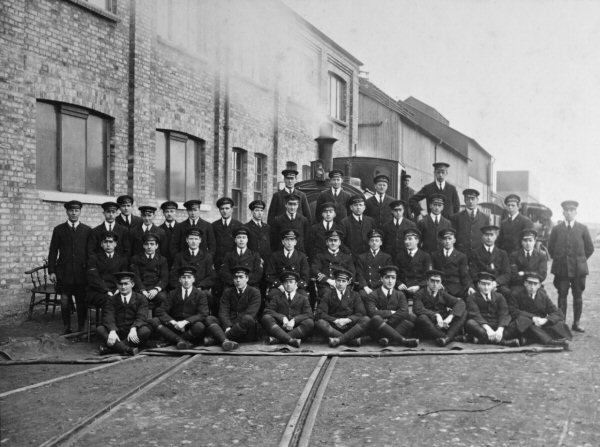 The men who served at Kingsnorth with 'Lord Fisher' and in the background a traction engine. (Photo supplied by Mike Dyble whose grandfather is 2nd left in front row) |   Names of men written on reverse. Photo not dated but grandfather (Benstead) was called up in 1916 and demobbed in 1919. |
 Seen at Radstock in 1973 when still fitted with dumb buffers. Picture by Roger Marsh. |
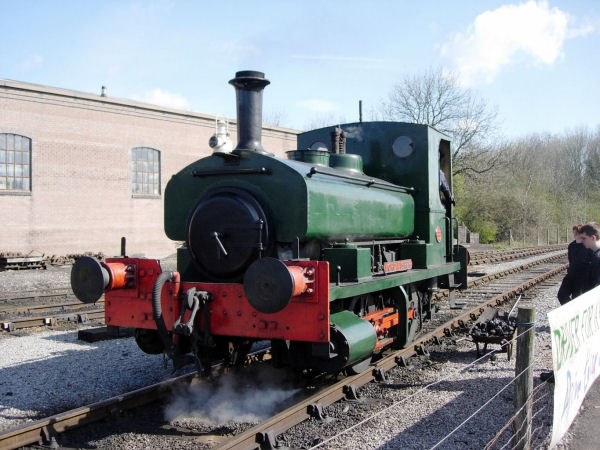 On 9 April 2005, the engine is photographed by John Cornelius at East Somerset Railway. Withdrawn from service 17 July 2022 pending a 10 yearly overhaul. |
